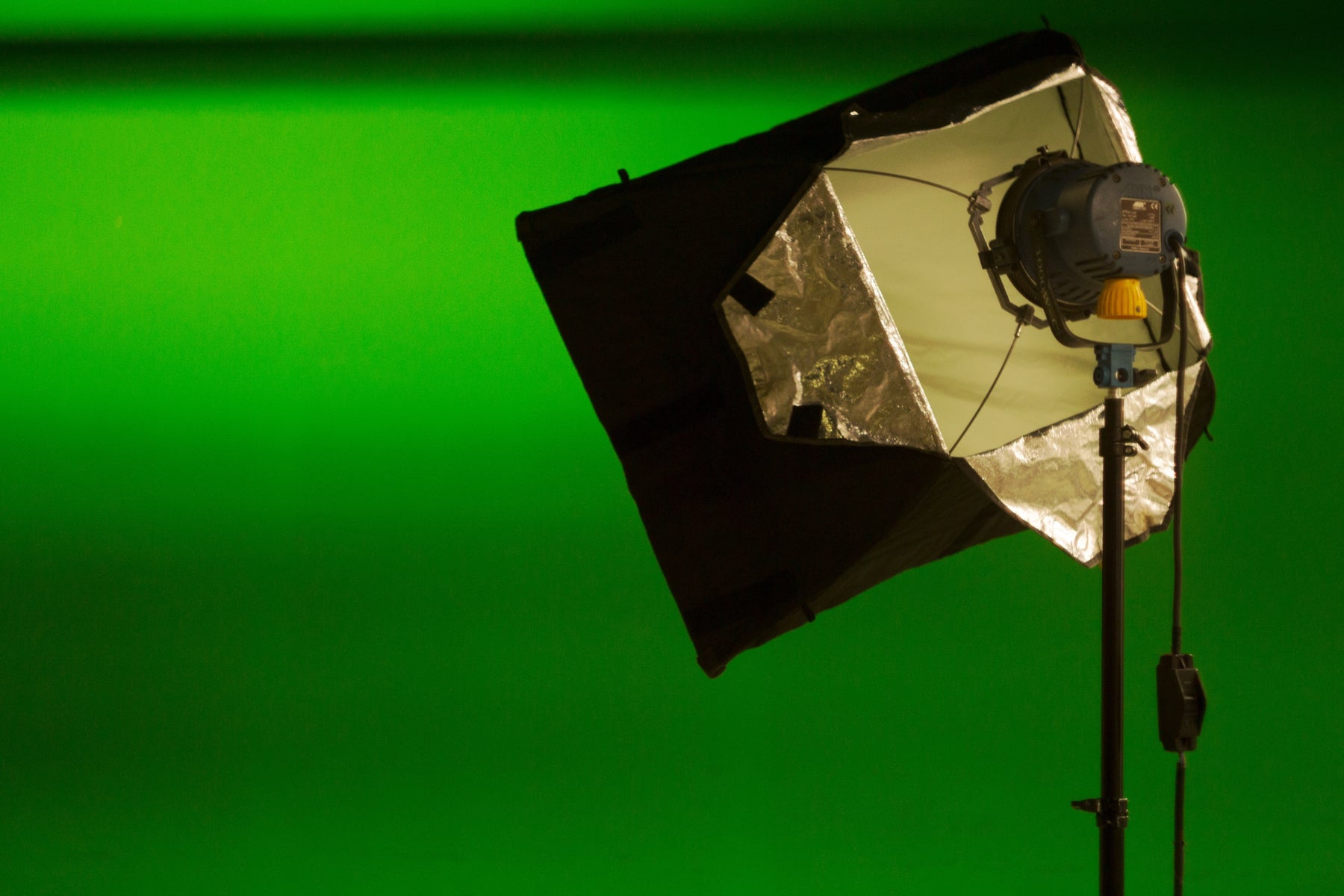
Green Screen or Blue Screen: Which is Right for You?
Modern filmmaking has been completely revolutionized by the use of green screens. Using chroma key compositing can help you create amazing effects in cinema, however, which equipment is best for you? Let’s get into some of the differences between green screens and blue screens, so you can make the right choice.
About Chroma Key
When you use a green screen, you’re creating a solid color background that can be edited out in post-production and replaced with anything you choose. This means you aren’t limited as much by location or budget, Chroma Key compositing allows for a lot of creativity. Green and blue are the colors we typically use because they’re furthest from human skin tones. This makes them the most obvious choices for a background, as they’re least likely to be confused with actors who you don’t want to key out.
Green Screen vs Blue Screen: The Key Differences
Blue screens are used in film because they typically result in a better quality image, with smaller grain and cleaner edges. Blue also shows up white when exposed to black and white film under blue light, which makes color composite easier. With older technology, blue screens were a more common choice, however, modern filmmakers prefer green.
With the rise of post-production and VFX, green screens are becoming more popular. Unlike film cameras, digital cameras are much better at capturing green than blue or red, making it much easier to key out digitally in post-production. Green also reflects more light, which makes it a cheaper option. Additionally, bright green is much less likely to make an appearance in a character wardrobe than bright blue, for example, another element that makes green screens easier in post-production.
It might seem like green screens are the most obvious choice, and they definitely are the most popular. They tend to save filmmakers time and money, as post-production is much easier when keying out green. However, one of the benefits of using a green screen is also a disadvantage.
The light bouncing properties of the color green can cause a lot of color spill in your takes. Green colored light naturally bounces onto actors and props, which can be more difficult to remove post-production. The bright nature of a green screen makes it ideal for daytime shots, but at night the additional brightness can feel unnatural.
Blue screens feature significantly reduced color spill, making it much easier to pick up smaller details in your shots. When keying out blue screen post-production, it might be more difficult, but the results can be much sharper and more detailed. However, in return for this detail, blue screens require much better lighting. This can be a barrier when it comes to your budget, as powerful lighting is expensive.
Blue screens are ideal for nighttime scenes as the reduced light reflection looks more natural. However, you have to be more careful regarding blue clothing and other blue items on set, as common costume items like blue jeans can be a hassle to key in later.

Summary:
When choosing either a blue screen or a green screen, consider the following elements. Green screens are cheaper to fully light, however, blue screens work much better for nighttime scenes. Blue will also pick up much finer details if necessary, however, this can make them much more complicated than green screens post-production. Both green and blue screens can be a huge asset to your filmmaking whichever way you decide, so make the most of chroma key composting by selecting the right background today.

Leave a comment